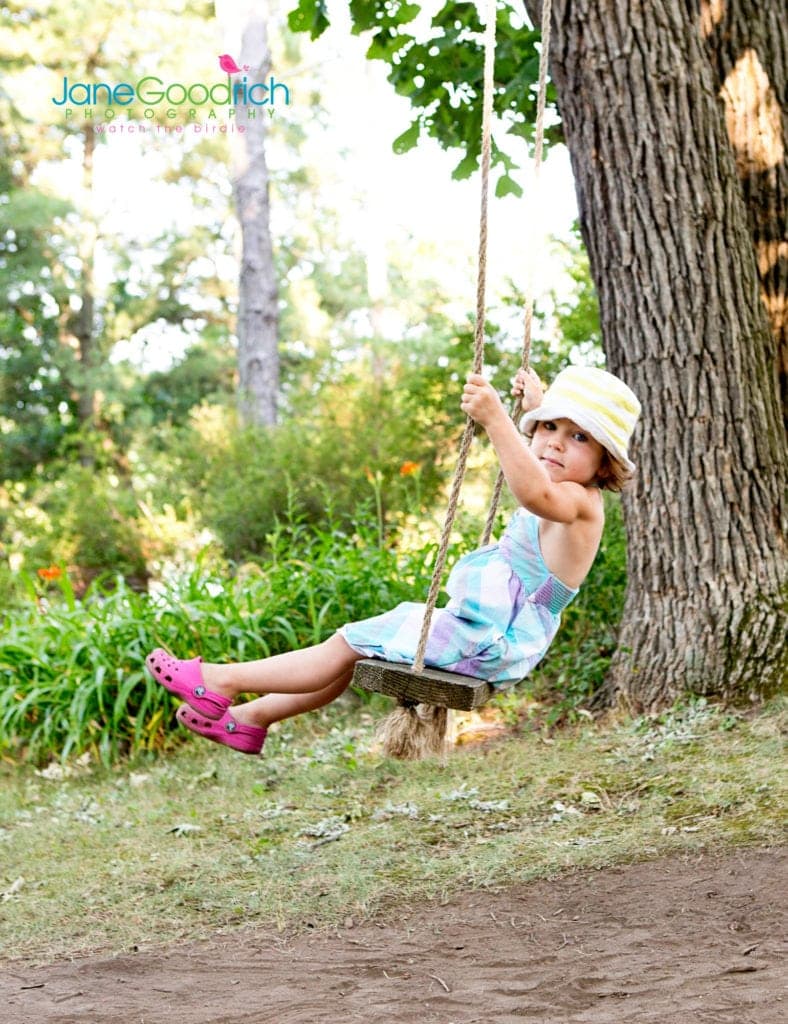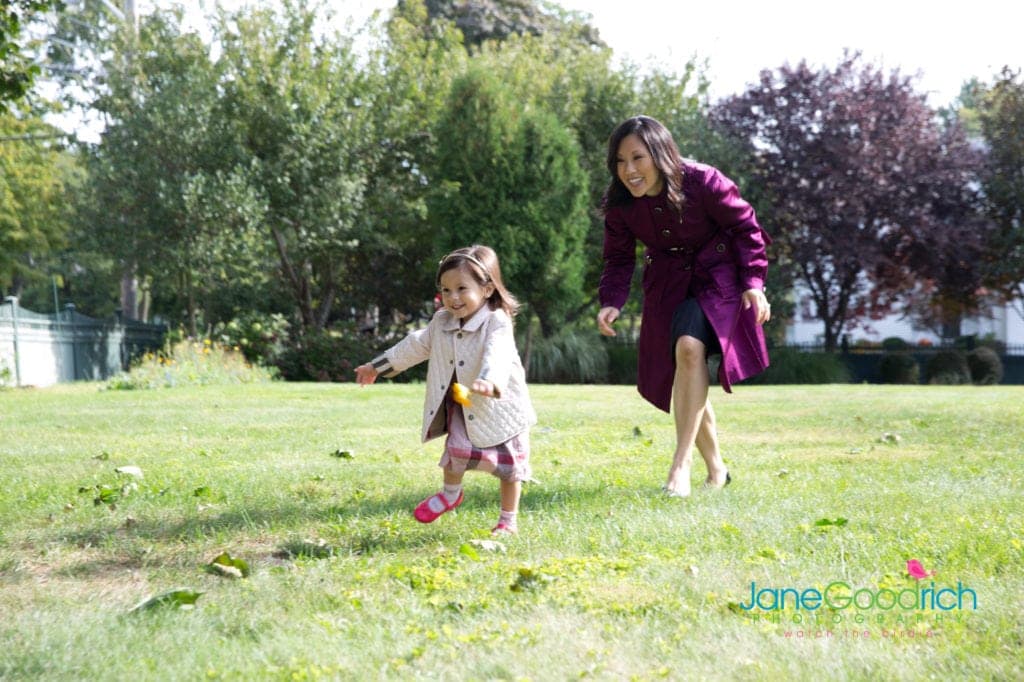TIPS FOR CHILD ACTION PHOTOGRAPHY IN LOW LIGHT
March 7, 2016
 Photography in controlled conditions, such as child portrait photography, will feel like a breeze once you make the jump to action photography. Whether playing hockey, gymnastics, or just plain running around, you’ll want to check out these tips so you can get the best photos of your kids doing the things they love.
Photography in controlled conditions, such as child portrait photography, will feel like a breeze once you make the jump to action photography. Whether playing hockey, gymnastics, or just plain running around, you’ll want to check out these tips so you can get the best photos of your kids doing the things they love.
Child Action Photography Tip #1: No Presets!
Depending on your camera to figure out the “right” setting for action photography is like depending on your over to figure out the right temperature to cook dinner – it might work some of the time, but you’re much better off doing the work.
Start with Tv (Shutter Priority) mode, which will let you control shutter speed. In order to “freeze” action photos, you’ll need to choose a shutter speed that’s just fast enough. If it’s too fast, however, you’ll have issues with low light. As you get more comfortable with your camera you might want to switch to manual mode in order to have more control over your photos.
Child Action Photography Tip #2: Lens Investment
If child action photography is something you’re going to be doing regularly, then you’ll want a lens that can keep up. You’ll be likely looking for a telephoto lens, so you can “get close” even from the sidelines, but you’ll also want to look for a large maximum aperture so you can get lots of light (many photographers suggest a 70-200mm f/2.8 which can still sub in for portrait photography in a pinch).
Now, keep in mind that these types of lenses weight a bit more than portrait lenses, so you’ll have to get used to it.
Child Action Photography Tip #3: Balance Aperture/Focus
So, when you’re shooting action in low light, you want to let in as much light as possible. However, an issue can arise in that a larger aperture gives you much less room to focus, as your depth of field is shallower. Since you’re photographing your child (likely) from further away it’s not going to be a huge issue, but it’s something to keep in mind as you are setting up your shot – to make sure your child is as close to the focus point as possible.
Child Action Photography Tip #4: Take Advantage of ISO
Changing the ISO settings on your camera can make the difference between getting the shot, and not. Now, we’ve conditioned ourselves to use the lowest ISO possible in child portrait photography to keep “noise” low, but in this case, it can make all the difference in allowing you to use a faster shutter speed to capture action – so go as high as you need to.
Child Action Photography Tip #5: Get Used to Predicting Action
As photographers, we can get used to always having the subject in the frame. Sometimes with action photography, where the shot needs to be framed and taken in a matter of moments, it can be easier to have your camera aimed at where you think the action will happen (such as near the goal or at the finish line). Have your camera ready and set focus (hold the shutter button down halfway) so you can snap away as soon as your child comes into the frame.
 Child Action Photography Tip #6: Direction Dictates Shutter Speed
Child Action Photography Tip #6: Direction Dictates Shutter Speed
Besides knowing where the action is going to be, knowing in which direction the action is going makes a really big difference in low light. If you can’t get a quick enough shutter speed when the action is going left/right, try positioning yourself so the action is coming directly towards/away from the camera, so you can use a slower shutter speed.
Child Action Photography Tip #7: Shoot Small Bursts
Burst mode is a great tool for action photography, one that lets you capture those micro moments in the action, moments that you might not see or have a chance to capture. However, it needs to be used judiciously, or else you’ll have 1,000 photos to cull after every game or competition. Wait until the action is in your end, when you have focus, and when your child is facing the camera.
Child Action Photography Tip #8: Look for Off Moments
Scoring goals or making the perfect landing isn’t the only moment you want to capture on camera – look for those fun moments in between – when they’re laughing with friends, taking a break, or off doing their own thing. For performances and routines, look for the moments between the action, especially if you are having issues with the action shots.
Child Action Photography Tip #9: Blur is Okay!
Blurring gives a sense of action, so don’t discount child action photography just because you have a bit of blur. Embrace the blur and get creative!
Child Action Photography Tip #10: Focus First, then Composition
When you have to work on catching shots in-the-moment, the rules can tend to go out the window. With practice, however, you can do more than one thing at once. Primarily, you’ll want to work on ensuring that your focus is as sharp as possible. Beyond that, aim to use the rules of thirds to position your child in the frame, and try to get lines straight.
Child Action Photography Tip #11: Continuous Autofocus
When you’re working with a shallow depth of field plus action, it’s more important than ever to use the tools your camera offers to get good focus. One of these tools is called continuous autofocus, which will adjust focus as your child moves through the frame. However, if you are using Tip #5, where you focus before your child enters the frame, be aware that continuous autofocus might not work in this case.
Child Action Photography Tip #12: Check and Adjust
Until you just “know” what settings you should use, get used to checking your LCD screen between the action. Make small adjustments until you get the settings as close to perfect as possible (although keep in mind that as the action changes, so does the need for different photography settings).
Child Action Photography Tip #13: Practice!
You’re not going to be a professional child action photographer overnight, so get ready to practice. Hockey, ringette, horse riding, cross country running, go karts, any time your kids are moving is a great time to practice action photography.
Child Action Photography Tip #14: Review and Assess for Next Time
When you’re done a child photography session, don’t just put your camera away for next time, take the time to review your photos on your computer. You’ll see exactly where you can improve, as well as viewing your settings so you can see if you need a faster shutter speed, higher ISO, etc.
Have fun!